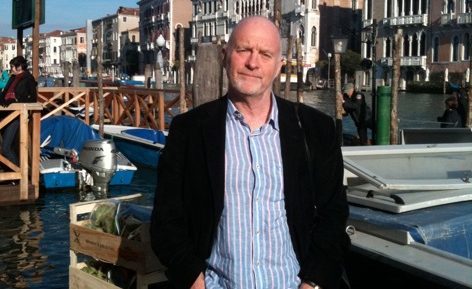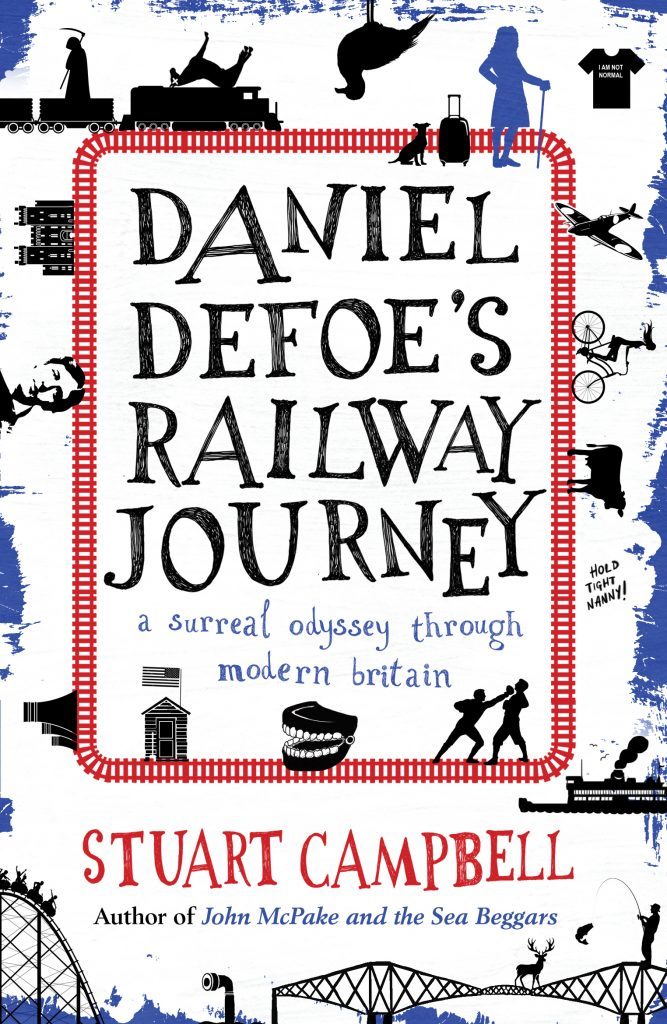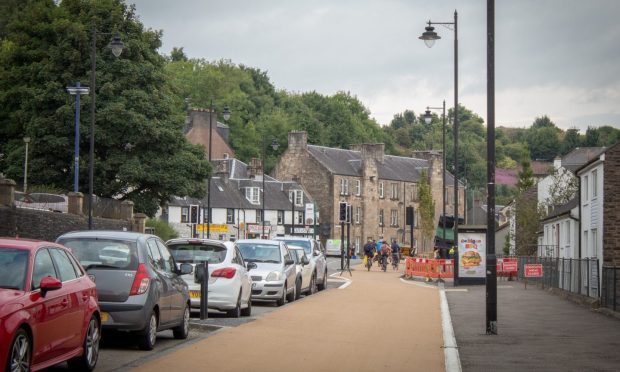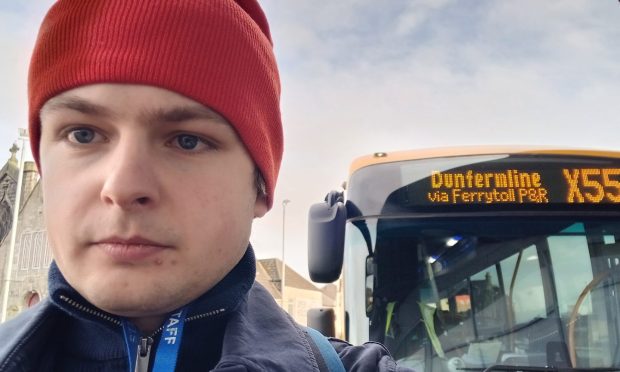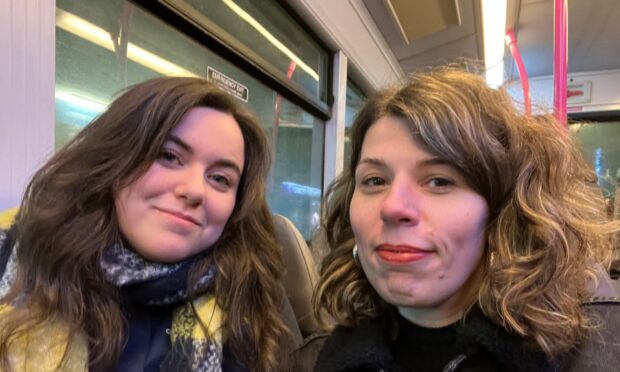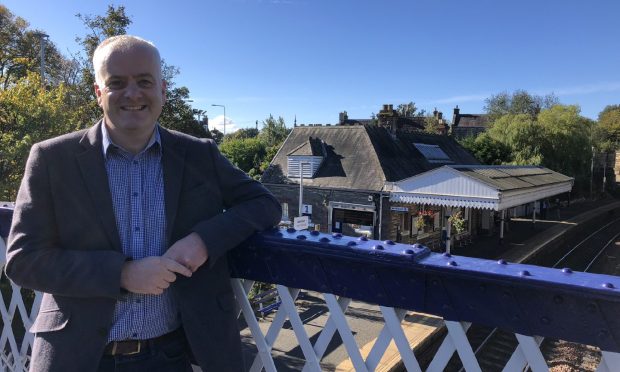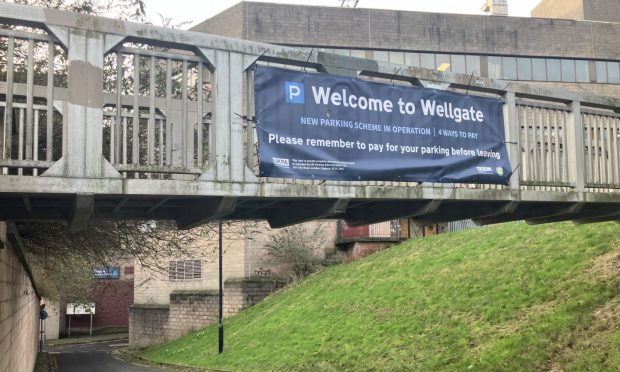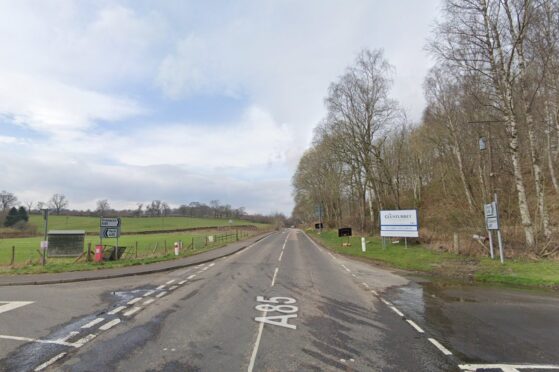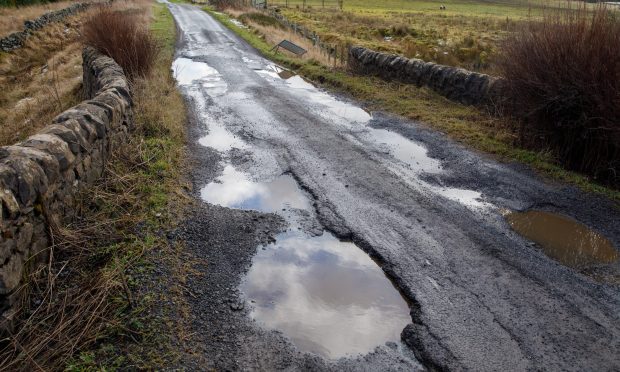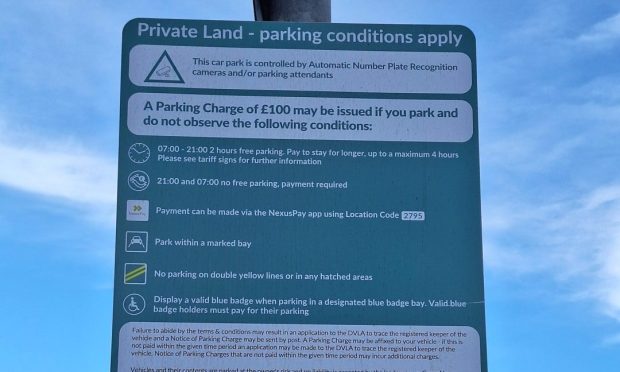Ahead of the release of his latest book Daniel Defoe’s Railway Journey: A Surreal Odyssey Through Modern Britain, author Stuart Campbell talks about his peculiar travel log, his thoughts on literature and his work as a mental health trainer.
Campbell had previously worked as an English teacher, after which he trained and worked as a mental health trainer before turning to writing.
This latest book sees Campbell travel along every mile of railway track on mainland Britain. In this Campbell records his conversations with strangers and acute observations as he passes through station after station. He is by no means alone in his journey. Alongside him is his trusty friend from Aberdeen University, John, and of course Daniel Defoe.
Campbell’s work, as evident in his other writing, such as ‘Boswell’s Bus Pass’, is a wonderful blend of travel, place and history. Add to this the underlying issues of mental health, and the result is a book which is funny and eccentric.
Q: Where did the idea for this novel stem from?
A: It is something that I had done before when I wrote ‘Boswell’s Pus Pass’ so I wanted to do it again and try to recreate it in a sense. Initially, when I said to my editor that I wanted to travel every rail line in Britain, he thought it was not very ambitious. Also, I’ve always liked trains. I find that it’s very difficult to worry on them.
Q: In terms of taking the journey itself, how did you do that? I don’t imagine it was all done in one go.
A: No, it took a total of nine weeks to complete the journey. We spent 4 or 5 days travelling which allowed for some much needed down-time between trips. Often the journeys would last from 8 in the morning until 8 in the evening and then we’d have to go all the way back to get to where we needed to be for the next journey.
Q: What were some of the challenges you faced throughout this journey?
A: There were a number of challenges. Firstly, the task of organising and carrying out the journey, which a colleague of mine solved and created the itinerary for. Then there was the challenge of speaking to complete strangers on the train. At first it was daunting but by the end of if it was much more confident. Another challenge was boredom. At times the journeys felt endless and it was mentally very exhausting.
Q: In this book, as well as Boswell’s Bus Pass you have chosen a historic literary figure to focus on. How do you select these figures and how do you conduct your research on them?
A: Well, in the case of Daniel Defoe it came very naturally. I had one of his books with me and very early on he came out of the pages. It felt like he was with me.
Q: Yes, it’s apparent very early on that he was someone that was constantly popping up and talking in your ear like a crow on your shoulder.
A: Exactly. It was very much like that. For Boswell, I turned to another writer that enjoyed reading in my youth. I felt that Boswell and Johnson were annoyed with me throughout that journey. I felt that they were annoyed and wanted me to tell their narrative. That particular journey was interesting because some of the places they visited and stayed in were still there and I was able to do the same.
Q: Can you shed some light on your writing process?
A: A lot of it was just approaching strangers on the train and asking if I could sit next to them, which did get some funny looks at times. But once I explained what I was doing and told them that they seemed interesting then they were much more engaging. I only had two instances when people had nothing to say at all.
I would speak with these people then return to my carriage and try to scribble down the conversations verbatim in a very small notebook I had. Later I would have to decipher my own handwriting type what I had written.
The writing of the book itself is something I have to be very disciplined about. I have to get up at about 9am and sit at the laptop to write everyday otherwise I feel like I’ve failed. I like the structure and routine of it. I don’t do a great deal of revision apart from the finished manuscript, so there aren’t a lot of drafts.
Q: As a travel writer you must obviously get out and about quite a bit. What are some of your favourite places? Where would you like to go next?
A: I’m not too sure. I suppose it would have to be the places in my other book The Aeronaut’s Guide To Rapture which is set in 19th Century Paris, 1965’s Vietnam and present day Sicily.
I’m not sure where I‘d like to go next.
Q: Which time period interests you the most?
A: The 18th Century. Specifically 18th Century Britain with its literature and explosion of ideas during the Renaissance and the Enlightenment period. I think it was a very vibrant and exciting time.
Q: As a previous mental health trainer, and with regards to mental health issues, which underline much of your work, do you hope to achieve a greater understanding of these issues?
A: Well, mostly to help with my own mental health. But yes, I think a better understanding and greater acceptance of these issues and the people that deal with them. I hope to gain a better perspective on other people’s motivations.
Q: What do you feel to be the most prevalent mental health issues today?
A: I think depression and anxiety, which are often inseparable. We now live in complex times where gender roles and people’s expectations of themselves are greater.
Q: Do you think social media has a role to play in that? With sites such as Facebook where people’s lives are accessible through the click of a button, it’s easier than ever to compare ourselves to others.
A: Yes, absolutely. With instant feedback on social media it is easier to compare ourselves to others. I think there is a lack of spontaneity. People feel the need to take pictures and tell people about things rather than just enjoy them.
Q: What role do you think writing and literature can play in the lives of those affected by mental health issues?
A: Often it can be difficult for people suffering from these issues to concentrate on reading but I think literature can be quite therapeutic and used to aid recovery. It can give access into extraordinary worlds and is a better force for good than evil.
I don’t think we should be too precious with literature. Nor do I think we should force it down children’s throats. It should be accessible to everyone and not be exclusive. Literature shouldn’t be elitist but by its very nature it sometimes can be.
Q: Finally, where do you hope to take your writing next, both in a literal sense of place and metaphorically speaking?
A: I’m not sure. I would like to simply write until I drop! I love the idea that my writing could be a gift to others. If someone can cosy up in bed or something and lose themselves in one of my books then I’m happy. And if Man-Booker and other prizes come along the way then that’s a bonus.
Daniel Defoe’s Railway Journey by Stuart Campbell is published on July . 20 by Sandstone Press, £8.99.
Readers and train enthusiasts can join the author for the launch of his work at Blackwell’s Bookshop in Edinburgh on the same date.
